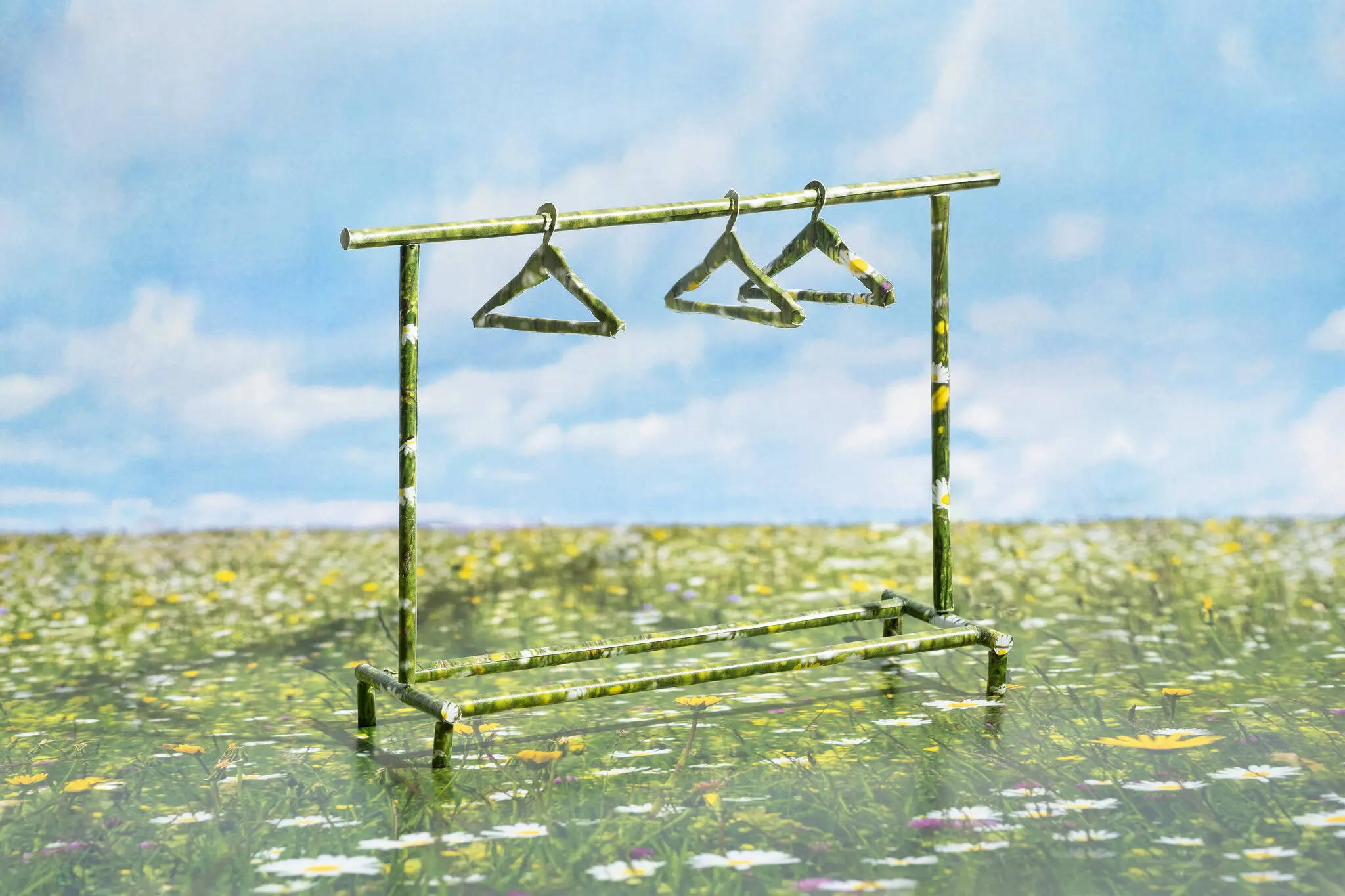
How things have changed.
Now pretty much all fashion brands, from the mass market to luxury, swear that they put sustainability at the heart of their strategic plans. On almost all of their websites are E.S.G. (environmental, social and governance) reports the size of small books. Chief executives are clamoring to talk about how they are evolving their businesses to combat climate change. Pledges to reach carbon neutrality abound.
In 2018, the U.N.F.C.C.C. (the U.N. climate change body) unveiled the Fashion Industry Charter for Climate action, with its science-based targets for the fashion industry, including reaching net-zero carbon emissions by 2050. Last year, at COP26 in Glasgow, the group updated it to reflect a need to halve emissions by 2030; currently, about 150 brands and supporting organizations have signed on. […]
Yet for every development suggesting a serious commitment by industry and government to at least come up with a plan for systemic change (and a time frame for it), there’s another that makes real sustainability, when it comes to fashion, seem as far away as ever. “Greenwashing” is still an ever-present issue, so much so the European Union is about to address it, with its “Initiative on Substantiating Green Claims,” which will be published later this year and essentially requires companies to back up such claims as “green” and “eco-friendly” with recognized third-party methodology.
After all, the ultimate fast-fashion company, Shein, was valued at $100 billion in its latest funding round. Even it has an E.S.G. head, appointed at the end of last year — despite the fact that the company also has a business model built on overconsumption.
If you are wondering how that works, well, join the club. It doesn’t make any sense. But then the term “sustainable fashion” itself doesn’t either. It is an oxymoron. “Sustainable,” after all, implies “able to continue over a period of time,” according to the Cambridge Dictionary. “Fashion,” on the other hand, implies change over time. To reconcile the two is impossible. No wonder striving for net-zero emissions makes us all feel like Don Quixote, tilting at windmills. And as William McDonough, the author of “Cradle to Cradle,” the foundational book on the circular economy, says, since when is “zero” the most desirable outcome?)
That’s before you begin trying to wade through the acronyms and abbreviations; aside from the above, there are GOTS (global organic textile standard) and C.C.S. (carbon capture and storage) and N.F.F.O. (non-fossil fuel obligation) and T.P.H. (total petroleum hydrocarbons). To name a few.
We need a better way to frame the discussion.
So we are going to use “responsible fashion”: a term that refers to a world in which all players, from the consumer to the C.E.O., the manufacturer and the farmer, take responsibility for their part in the supply chain and the creative process, and for the choices they make.
It may sound semantic, but it is the difference between an end goal that appears impossibly, perhaps discouragingly, out of reach, and the process of at least trying to get there: step by step, increment by increment, decision by decision.
Because there is no simple answer to solving fashion’s role in climate change. Even the obvious one — don’t make, or buy, any new stuff, and don’t throw away any old stuff — has negative implications for employment, know-how and self-definition. (After all, people have been adorning themselves to express themselves for pretty much as long as they have understood themselves as “selves.”) The crucial issue for each of us, no matter which side of the equation we are on, is thinking about and understanding the effects of the choices we make, so we can make better ones in the future.
And even, perhaps, seeing these challenges as creative opportunities, rather than burdens. Especially for brands: Limitations often give rise to new ways of thinking and designing.
➔ Read the full article on The New York Times
